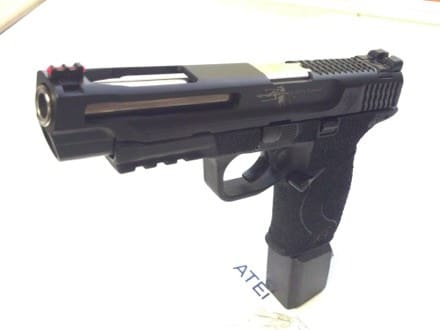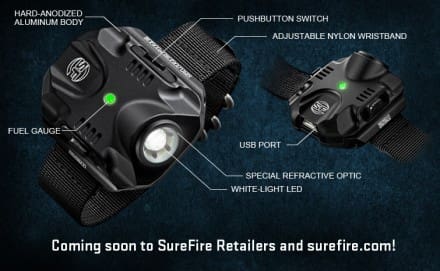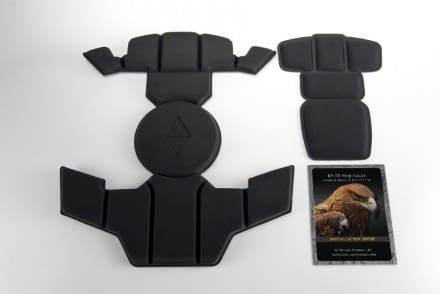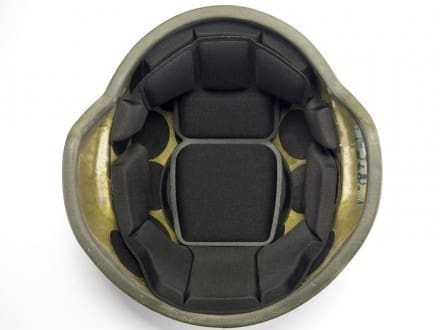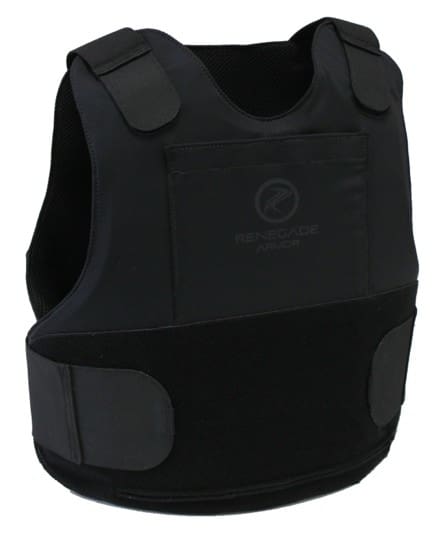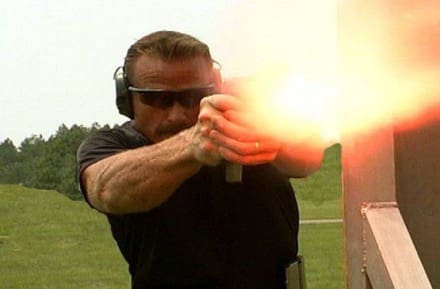Imagine this for a second: you’re a pretty successful person financially, you work hard, you save money, and you occasionally invest some of that cash in your hobbies. Your hobby for the purpose of this hypothetical situation is skydiving. You spend tens of thousands of dollars on a container, wing suit, helmet, camera equipment, automatic deployment device, as well as many hours of training. You buy the best equipment money can buy. Then you go into the closet, take an old king size bed sheet, and attach it to your suspension lines instead of a real parachute. You buy the best stuff money can purchase, except for one area where you for some reason insert an unmitigated piece of crap into your stable. I know this sounds preposterous, but gun people do the same thing all of the time. Cops, military, civilian shooters, no group is exempt.
At a recent training course I had what might have been the most enjoyable group of students so far. I wish every class could have the same group. No egos, no safety concerns, no complaining, no bad attitudes, I couldn’t have asked for a better group. Because of this, we were able to get a lot of stuff done, passing the usual scope of the class we were teaching. We could have done more except for the one little issue in the room: equipment issues cropping up regularly. We regularly had to take a little time to wrench on guns or optics, which held up the students individually as well as collectively in some cases. I can’t travel with a full tool kit but I have a Multitasker AR tool and a tube of loc-tite that usually takes care of any carbine issues I run across. We ditched two optics altogether and the shooters moved to iron sights, catching back up quickly. One NcStar brand ACOG knockoff was so cloudy you could not make out the silhouette target at out 50M zero distance. A $40 optic doesn’t really belong on $1200 duty rifles. All in all it’s no big deal on a range, but I hate to see people spend a lot of money and not be able to get as much out of it as possible due to a preventable circumstance. One of the common AAR comments by students at the conclusion of the course was to “stop being cheap” and “don’t buy shit scopes for nice rifles.”
Training and equipment is a significant purchase in today’s economy. A basic AR with a light and quality optic is going to run you around $1500 on the low side with suitable components for duty or defensive use. Chalk up another $500 for a handgun and $350 or more to miscellaneous holsters, mags, ammo carriers, eye and ear pro. Tack on $750 in ammo for a 3-day course. Then you pony up $400 in travel costs, $300 for a hotel, $150 for food, and a few days of vacation from work. Then throw on top of it the $675 for the course fee. For a guy starting out, it’s almost a $5,000 investment to get a gun and get trained on it. Off of the range, if you need to employ your firearms for self defense you want to make sure you’re not endangering your life or that of others by choosing non-functional equipment. Whether you’re a civilian, service member, or LEO we all want our tools to be ready for use when we need them.
That seems like a big number, because it is. That is not to say however, that you need to buy expensive equipment. You need to buy good equipment, some of which can easily be found at a bargain if you’re willing to look around, buy used, and be a little patient. Used Aimpoints can be found for $300-350, or $400 for a new PRO model with mount from the same manufacturer. Magazines are another item that gives us fits. Old USGI aluminum mags are throwaway items if they don’t work. They’re $8-12, buy 10 new ones and call it a day. For now at least, they’re available in large quantities for little money. It wouldn’t hurt to stock up on some whether you need them or not right now. Also, guns themselves are not created equally. Many larger brands come with a price tag that would indicate quality, but not necessarily with the specs to support that. Pay attention to the actual technical specifications, not what they look like. When in doubt, do the research to find out what you don’t know. You can Google any number of internet resources to explain these but as always, there’s no license needed to post on the net. Check out M4Carbine.net for a great source of firearms technical data. When you can get a Colt 6920 for under $1100 at Wal Mart now or a BCM carbine from many online retailers, there’s no need to buy a substandard rifle for more money. It’s not about name brands, but that’s how you know what you’re getting in a market where many products look the same, cost the same, but don’t have the same manufacturing processes to back it up.
Buy quality. There is any number of clichés you can ponder, “How much is your life worth” or “buy once cry once” kind of stuff, and it’s probably a good thing to do when you make a purchase in this business. If you’re going to rely on something for the purposes of duty or defense, make sure it’s up to the task. If you’re serious about it, make sure you are up to the task as well. Just spend the time money, that extra $200 or so or couple of hours of research won’t seem like much when you need it.
Jon Canipe served on Active Duty with the US Army as a Special Forces Weapons Sergeant at 5th SFG(A) and was a Senior Instructor at the JFKSWCS, training SFQC students in planning, unconventional warfare, small unit tactics, CQB, and advanced marksmanship. He is a veteran of multiple combat tours, and still serves in the Army National Guard’s 20th SFG(A) in addition to working as an industry consultant and small arms instructor.


